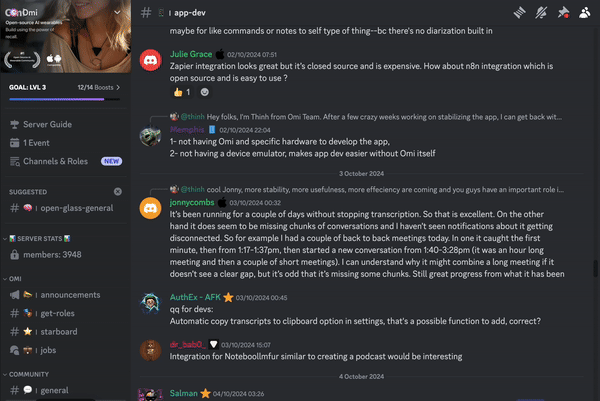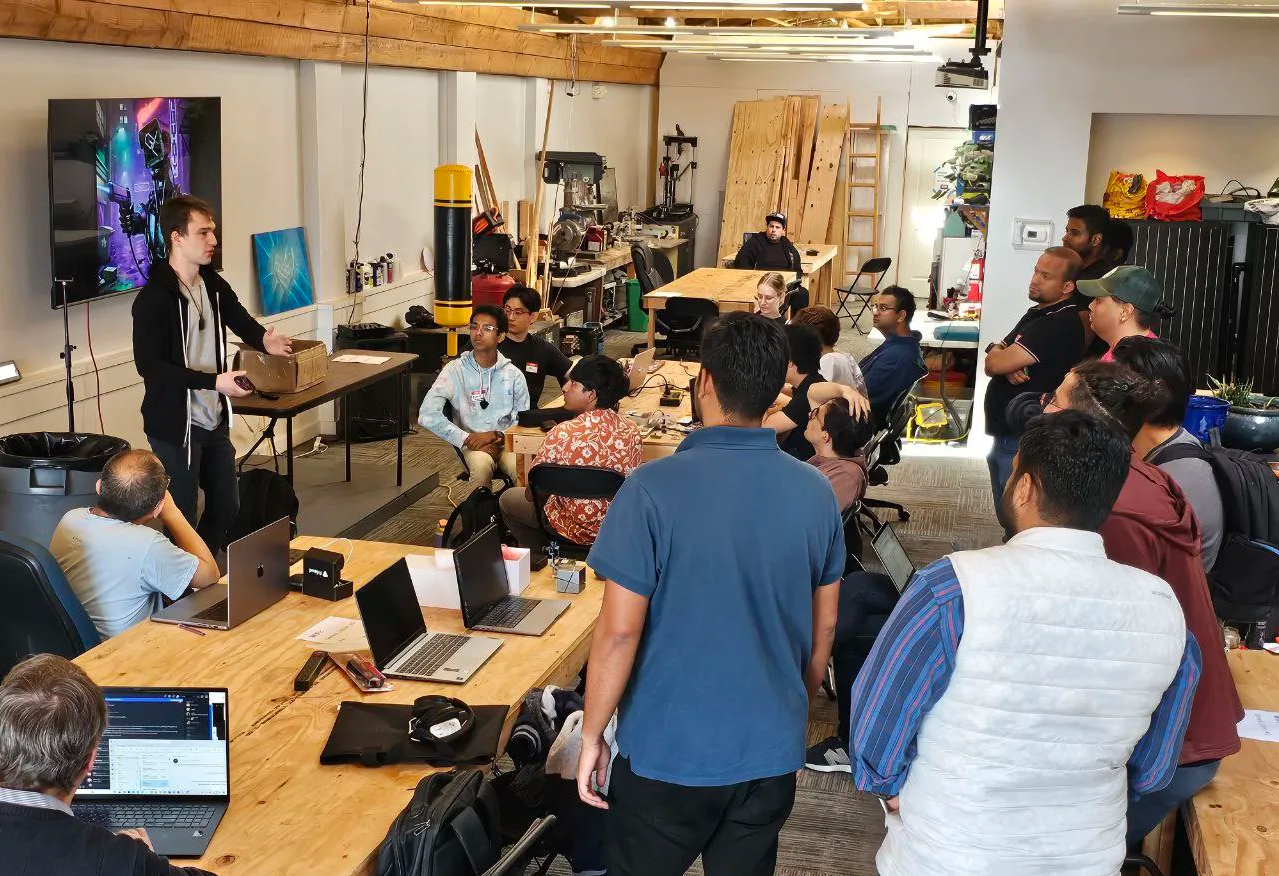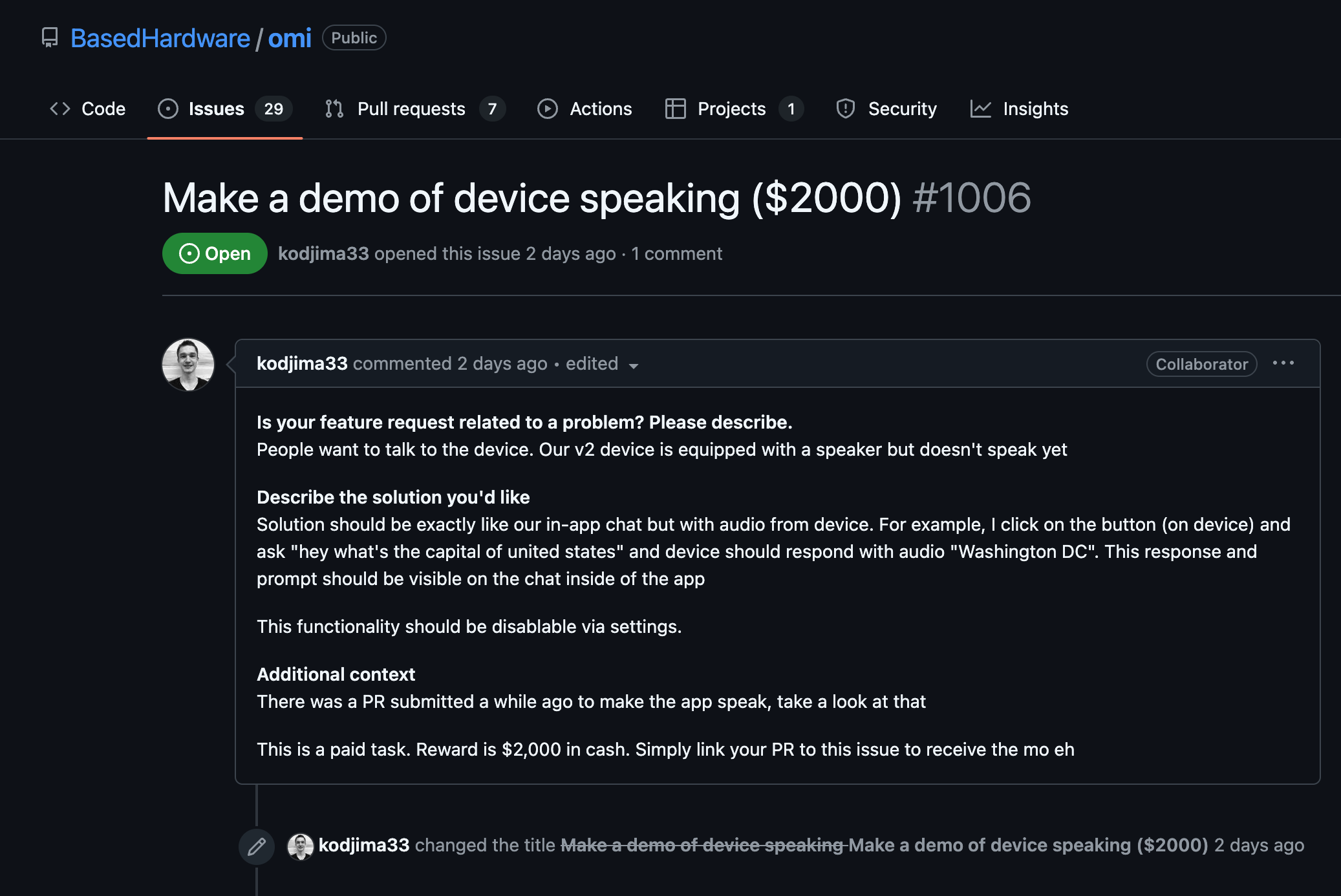Introduction to Multi-Core Processor Scheduling
Multi-core processor scheduling is an essential aspect of operating systems designed to efficiently utilize the computational power of multicore processors. In modern computing architectures, processors are equipped with multiple cores, each capable of executing its own thread of execution simultaneously. The challenge in multi-core processor scheduling is to distribute workloads across available cores to optimize performance, reduce latency, and ensure efficient resource utilization.
Goals of Multi-Core Processor Scheduling
- Load Balancing: One of the primary objectives is to distribute workloads evenly across all cores to prevent any single core from being overburdened, which can lead to performance bottlenecks.
- Minimizing Context Switches: Frequent context switching can degrade performance. A good scheduling strategy minimizes the number of context switches by keeping tasks on the same core whenever possible.
- Maximizing Throughput: By efficiently assigning tasks to cores, the overall throughput of the system can be increased, leading to faster task completion times.
- Energy Efficiency: Reducing power consumption is crucial for modern computing environments, particularly in mobile and embedded systems. Scheduling algorithms aim to optimize power usage by controlling core frequencies and powering down idle cores.
Types of Multi-Core Scheduling
- Symmetric Multiprocessing (SMP): In SMP systems, each processor core runs an identical copy of the operating system, and tasks are distributed dynamically. The scheduler treats all cores equally and can assign any task to any core, enabling balanced load distribution.
- Asymmetric Multiprocessing (AMP): Unlike SMP, AMP assigns specific roles to different cores. For example, one core may manage all operating system tasks while others handle user-specific tasks. This configuration is often used in systems that require specialized processing units.
- Hierarchical Scheduling: Involves multiple layers of scheduling, where different policies might be employed at different layers, typically used in real-time systems requiring both hard and soft deadlines.
Scheduling Algorithms
- Round Robin: Tasks are assigned to cores sequentially, ensuring that each core gets a fair share of computational time. This method is simple and works well when tasks have uniform execution times.
- Priority-Based Scheduling: Tasks are prioritized, and higher-priority tasks are scheduled on cores before lower-priority ones. This method is effective when certain tasks require urgent processing.
- First-Come, First-Served: Tasks are executed in the order they arrive. This method is easy to implement but may lead to inefficient core utilization if tasks have varying execution times.
- Load Balancing Algorithms: Specific algorithms are designed to dynamically assess and distribute workload across cores, such as Load Balancing Round Robin and Weighted Fair Queuing.
Challenges in Multi-Core Scheduling
- Task Interdependencies: Some tasks might depend on the completion of others, complicating the scheduling process, as interdependent tasks need careful management to avoid deadlocks and race conditions.
- Resource Sharing: Multi-core systems often share resources like memory and caches. Depending on shared resources can impede task performance, requiring advanced scheduling strategies to mitigate contention.
- Scalability: When the number of cores increases, scheduling algorithms must scale efficiently without introducing significant overhead.
Conclusion
Effective multi-core processor scheduling is a crucial component in maximizing the performance of modern computing systems. By understanding the types of scheduling, their goals, and associated challenges, system designers and engineers can develop strategies that optimize the use of multicore resources.
























